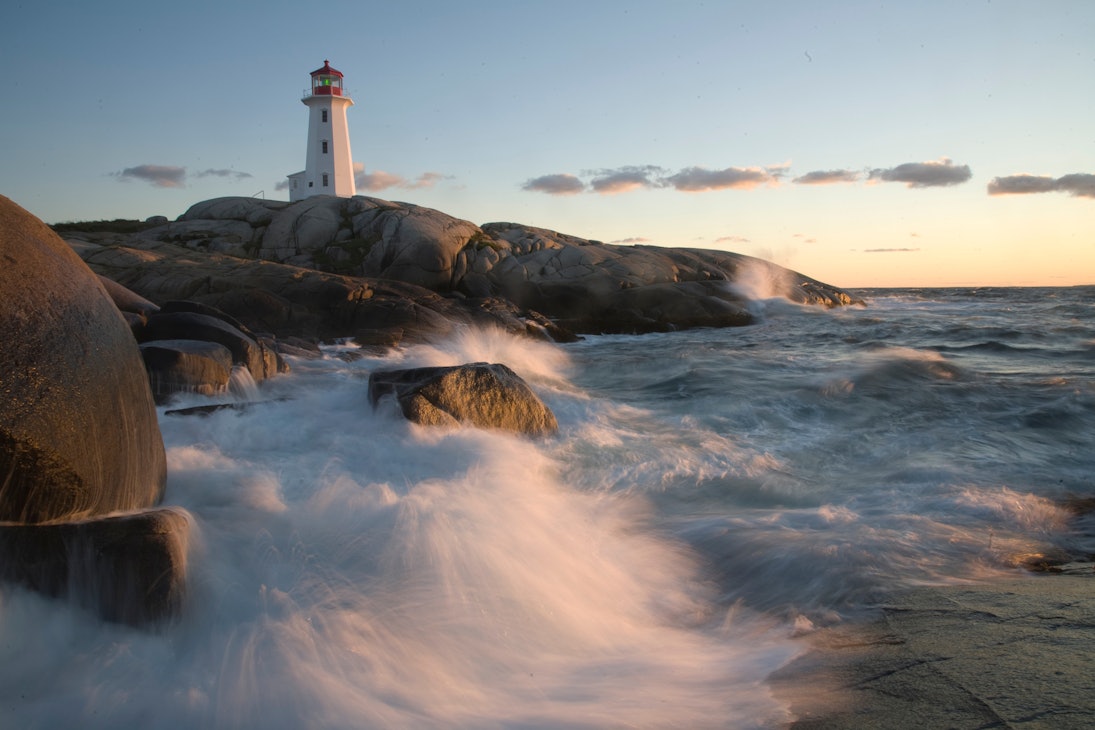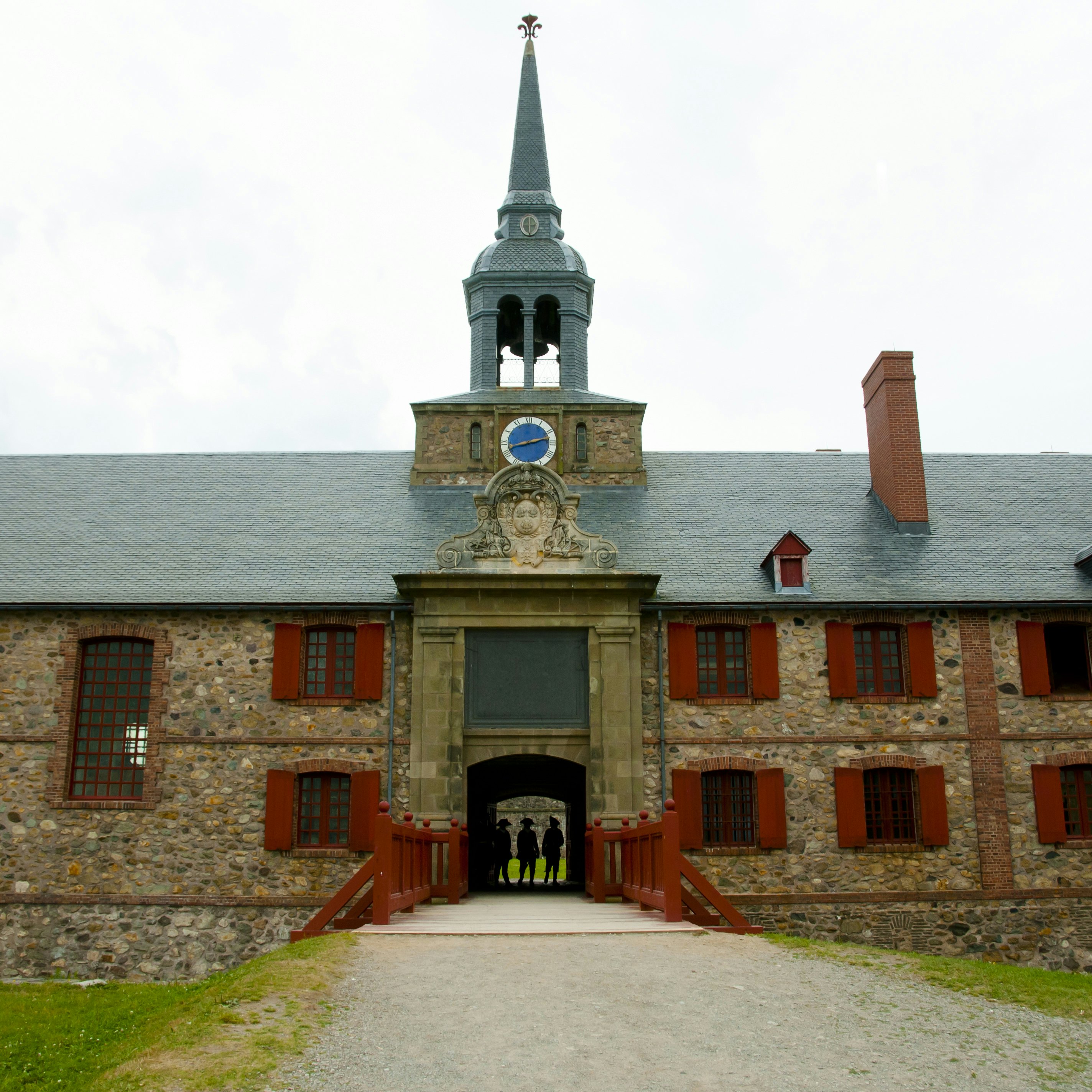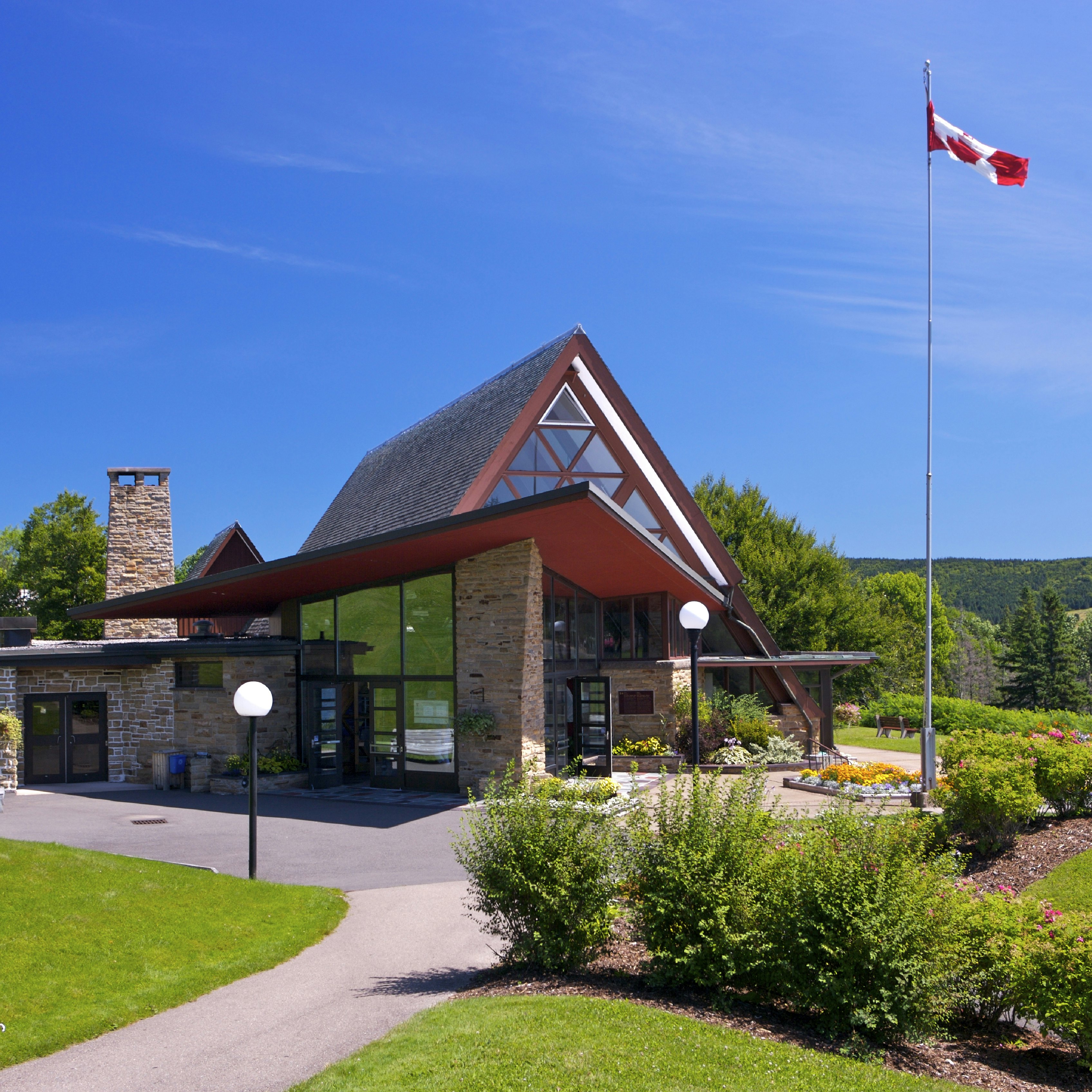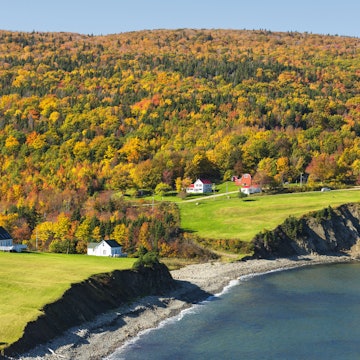

© Mark Fleming / Stocksy United
Overview
Facing the wild swells of the Atlantic, Nova Scotia is heavily influenced by the sea. With its candy-striped lighthouses, salty fishing towns and towering red cliffs, this Maritime province feels thrillingly rugged and wild, especially in winter, when storms thrash the coastline and the ocean freezes. But come summer it's a different picture: Nova Scotians emerge to hike the trails, lounge on the beaches, tuck into gigantic lobster suppers and celebrate their Celtic roots with lively ceilidhs (parties with music and dancing). Life here has always been tough, but the locals' warm-hearted humor can't fail to make you feel welcome.
Leave the planning to a local expert
Experience the real Nova Scotia. Let a local expert handle the planning for you.
Must-see attractions
Planning Tools
Expert guidance to help you plan your trip
Best Things to Do
Yet the landscapes, seascapes and, um, people-scapes in Nova Scotia are as varied as anywhere in Canada. Here are 11 ways to experience the province.
Read full article
Best Time to Visit
When's the best time to see Nova Scotia's fall colors? And when is the best time for whale watching? Here's a handy guide to visiting Nova Scotia.
Read full article
Things to Know
Here are the top things to know before you visit Nova Scotia: from weather to getting around, to tipping, to what to do with that lobster bib.
Read full article
Transportation
This Maritime province on Canada’s eastern coast is a pleasure to explore by car, bus, plane or bicycle. Here’s how.
Read full article
Free Things to Do
Put away your wallet, grab your sunscreen and relax: many of the best things to do in Nova Scotia are free.
Read full article
Money and Costs
Even though it's considered "Canada's ocean playground," Nova Scotia doesn't break the bank – here are our tips for traveling this province on a budget.
Read full article
Best Road Trips
Explore the scenery and culture of Nova Scotia by road with these top driving routes.
Read full article
Get a book. Get inspired. Get exploring.
in partnership with getyourguide













